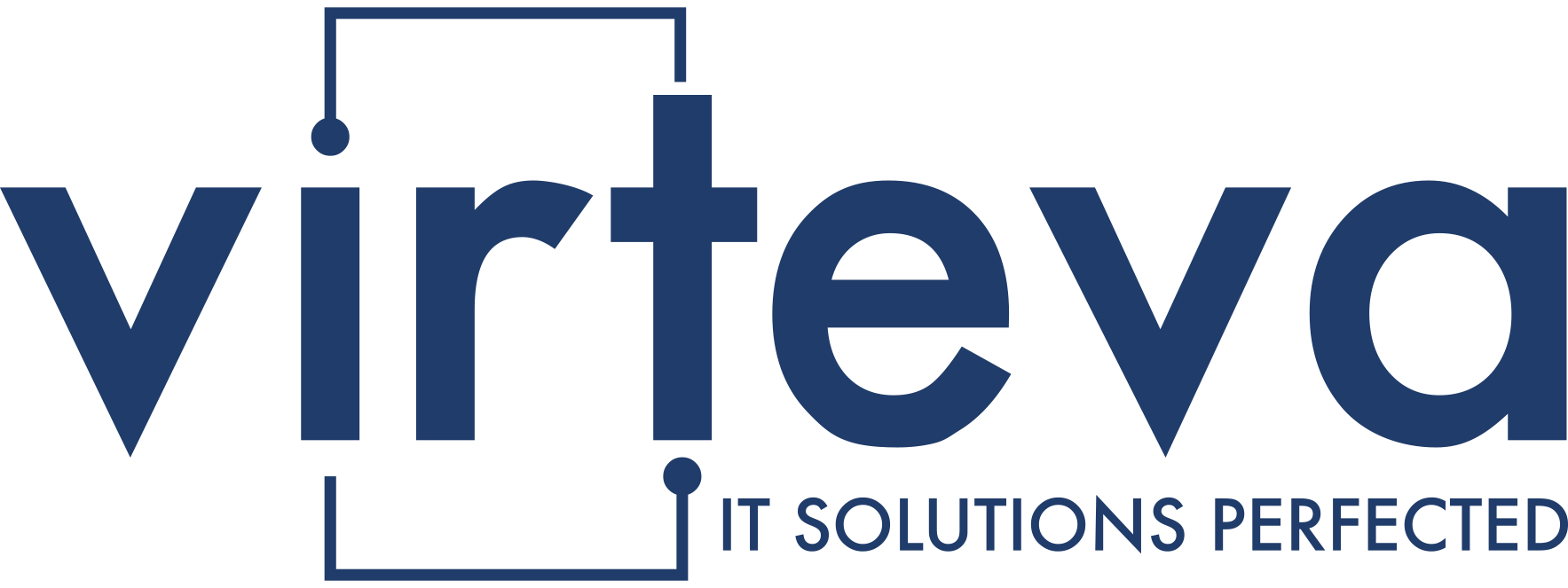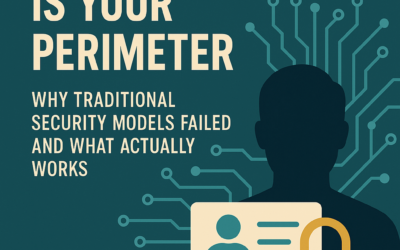As businesses increasingly rely on technology for their operations, they must assess their IT maturity to identify improvement areas and develop a roadmap for future growth.
An IT maturity assessment evaluates an organization’s current state of IT operations and its readiness to meet its technology-related goals. In this blog, we will provide a step-by-step guide on how to conduct a successful IT maturity assessment.
So let’s get started:
Step 1: Define the scope of the assessment
The first step in conducting an IT maturity assessment is to define the scope of the evaluation. This involves identifying the IT functions that will be evaluated, such as infrastructure, applications, cybersecurity, data management, and IT governance. Defining the scope will ensure that the assessment is comprehensive and that all relevant areas are evaluated.
Step 2: Develop an assessment framework
The next step is to develop an assessment framework. This involves identifying the criteria that will be used to evaluate each IT function. The criteria should be measurable and aligned with the organization’s technology goals. The assessment framework should also include a rating system, such as a maturity model, to help evaluate the organization’s current state and identify areas for improvement.
Step 3: Collect data
Once the assessment framework has been developed, the next step is to collect data. This involves gathering information on the IT functions that are being evaluated. Data can be collected through interviews, surveys, document reviews, and system analysis. Ensuring the data collected is accurate, reliable, and representative of the organization’s IT operations is essential.
Step 4: Evaluate the data
The next step is to evaluate the data that has been collected. This involves analyzing the data to determine the organization’s current state of IT operations, identifying strengths and weaknesses, and identifying areas for improvement. It is important to involve stakeholders in the evaluation process to ensure that the results are accurate and actionable.
Step 5: Develop a roadmap
Based on the evaluation of the data, the next step is to develop a roadmap for future growth. This involves creating a plan to address improvement areas and advance IT operations. The new roadmap should be prioritized and aligned with the organization’s technology goals. It should also include a timeline, budget, and key performance indicators to track progress.
Step 6: Implement and monitor progress
The final step is to implement the roadmap and monitor progress. This step involves implementing the changes identified in the roadmap and tracking progress against the key performance indicators. Regular monitoring will help ensure that the organization is moving towards its technology goals and that the IT maturity assessment positively impacts the organization’s operations.
Conclusion
Conducting an IT maturity assessment is essential for any organization that relies on technology for its operations. By following the six steps outlined in this blog, businesses can evaluate their current state of IT operations, identify areas for improvement, and develop a roadmap for future growth. A successful IT maturity assessment can help organizations to optimize their IT operations, improve efficiency and productivity, and achieve their technology-related goals.
If you don’t have the internal resources for this, Virteva can help. Let us conduct an IT maturity assessment for your organization today.




